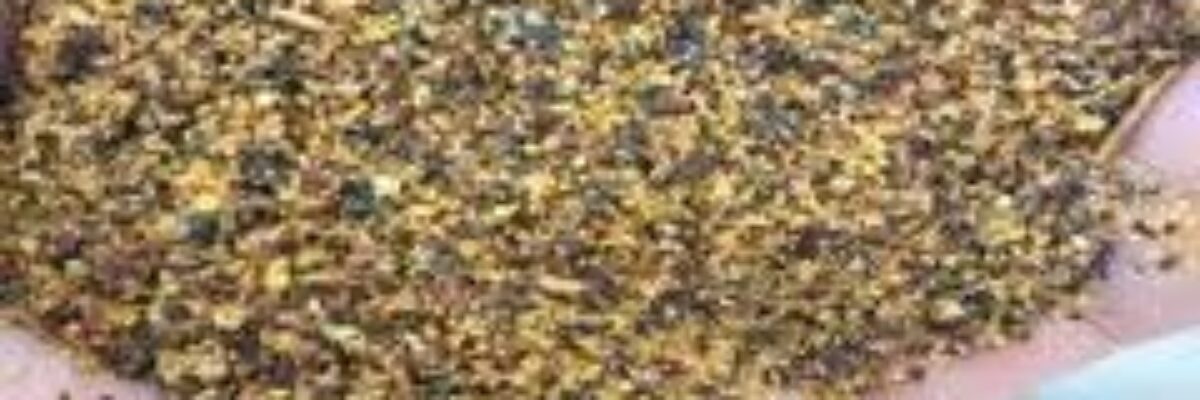Categories
Archives
Recent Posts
What is rapeseed meal? Can rapeseed meal be fed to pigs?

What is rapeseed meal? Can rapeseed meal be fed to pigs? Rapeseed meal is the residue of rapeseed after pre-loading processing. According to the variety of rapeseed, it can be divided into yellow rapeseed meal and black rapeseed meal. Rapeseed meal itself is a toxic and harmful substance and cannot be directly used as feed or fertilizer.
Can rapeseed meal be fed to pigs?
Rapeseed meal itself is a toxic and harmful substance and cannot be directly used as feed or fertilizer. It can be used as feed after treatment. Rapeseed meal can be used as feed for pigs. However, it contains a lot of tannins and a variety of toxic substances. If it is fed directly to pigs, it can easily lead to pig poisoning, so we must be treated before we can use it as feed additive for pigs,
If rapeseed meal is used as feed, it must be mixed evenly with soybean flour, cotton flour, corn flour, rice bran, grass flour and other materials, and then processed into grain through the feeder. However, the feed containing rapeseed meal should not be fed too much to avoid reducing the consumption of animals. If rapeseed meal is used as fertilizer, it must be fermented. First, dig a pit in the open air, pour the rapeseed meal, add water to dilute the rapeseed meal, and then cover the pit with plastic foil, and take it out when the rapeseed meal becomes black by fermentation.
Methods for detoxication of rapeseed meal
- Boiling water immersion filtration detoxication method: This method is relatively simple, generally detoxication can reach 98%, but the loss of rapeseed meal after detoxication treatment can reach 27%. The specific operation method is to crush the rapeseed meal and put it into the pool or tank, add 200 kg of boiling water at 90 ℃ for every 50 kg of rapeseed meal, fully mix it with the rapeseed meal and place it for one week, then filter and add 250 kg of water, fully mix it, and then leave it for one week for filtration, then add 250 kg of cold water, fully mix it and put it into a device for filtration, and then dry it and feed it to pigs.
- Pit burying treatment method: this method can achieve 95% detoxication, and rapeseed meal will lose 5% after detoxication treatment. The specific operation method is to dig a hole with a depth of 100 cm and a width of 80 cm, put a layer of straw on the bottom and wall of the hole, and then crush the rapeseed meal and add 100 kg of rapeseed meal to 100 kg of clean water, stir it evenly, and then pour it into the hole, cover it with straw, and then cover it with soil with a thickness of more than 20 cm. After 90 days of burial, after tasting that the rapeseed meal has no bitter taste, take out the rapeseed meal and dry it in the sun, and then it can be added into the feed for pigs.
- Lime water immersion filtration detoxification method: the detoxification rate of this method is 96%. The specific operation method is to put the crushed rapeseed meal in the cement tank, add 400 kg of cold water to soak every 100 kg of rapeseed meal for 24 hours and then filter it, then add 2.5 kg of quicklime, fully stir it evenly, and then leave it for 2 days, add 500 kg of clean water to fully stir it evenly, and then mix it several times in the middle, soak it for 24 hours and filter it, and then add it to the feed after drying.
- Silage fermentation method: This treatment method is to use the method of mixing green fodder and rapeseed meal for silage. This method can achieve 76% – 78% detoxication. The specific operation method is to dig a hole with a depth of 100 cm and a width of 100 cm, and then cut the dried green fodder into 10 – 15 cm long and stir it evenly with rapeseed meal. Every 100 kg of rapeseed meal is soaked with 200 kg of water and then mixed with 20 kg of dried green fodder, Tie the lower mouth of the plastic film cylinder tightly, put it into the pit, and then put the prepared raw materials into the pit, and then tighten the plastic film mouth while loading. The top of the plastic film mouth is covered with soil, and it is stable. After about two months, it can be beaten and fed to pigs.
